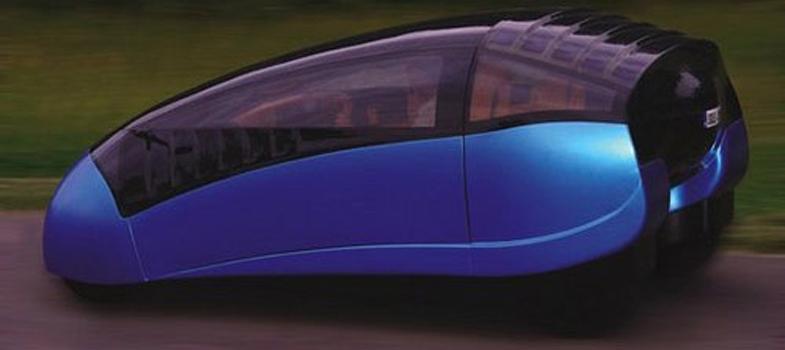3. New Thinking
In 1984, Victor Papanek wrote challenging designers to rethink their practices, in ‘Design for the Real World’. He followed up his challenge in 1995 with, ‘The Green Imperative: Ecology and Ethics in Design and Architecture’. He emphasised here the need for designers to recognise their ecological responsibility. The designers were seen as teachers and in a position to inform and influence their clients and consumers. They could provide choices for people and these choices had to be meaningful, enabling them to make more of their own life decisions. He called for a rethinking of products and acknowledged that, ‘no product stands alone’. Products, therefore, that are designed specifically to help the environment along with design diversification are an example of responsible design. He pioneered a function matrix to explain the six phases of production and resulting pollution as:
- Choice of material
- Manufacturing process
- Packaging of product
- The finished product
- Transportation
- Waste
For your Personal Notes
- Come up with examples of the convenience traps of design to perpetuate markets. For example: miniaturisation, increased power, gadgetry, ‘state of the art’ and packaging as product.
- Now come up with examples of the opposite ie Green Design. For example: localised product, flexible, emphasis on quality, performance and craftsmanship.
Unfortunately what Papernek conceived as green design developed negative connotations associated with ‘green-washing’ as a superficial marketing attempt to ‘clean up’ products. His influence, therefore has received less attention than it should have for the past decades.
In his book, ‘The Total Beauty of Sustainable Products’ Edwin Datschefski (2001) describes the environmental and social impacts of products as their underlying ugliness and he then goes on to forward examples of sustainable products that he considers show total beauty. His five basic principles of sustainable product design are:
- Cyclic compostable or continuously recyclable
- Solar consumes only renewable energy
- Efficient energy, water and resource
- Safe products and by-products containing no hazardous materials
- Social product manufacture and its use supports basic human rights.
Traditionally, designers have seen their role to achieve both creative and technical aspects of quality by taking in such criteria as ergonomics, usability, performance, materials and energy optimisation. McDonough and Braungart (2002) challenge this viewpoint by asking for a redefinition of ‘quality’ adding ecological intelligence, social justice and celebration of creativity, to design criteria.
2. Eco Terminology

